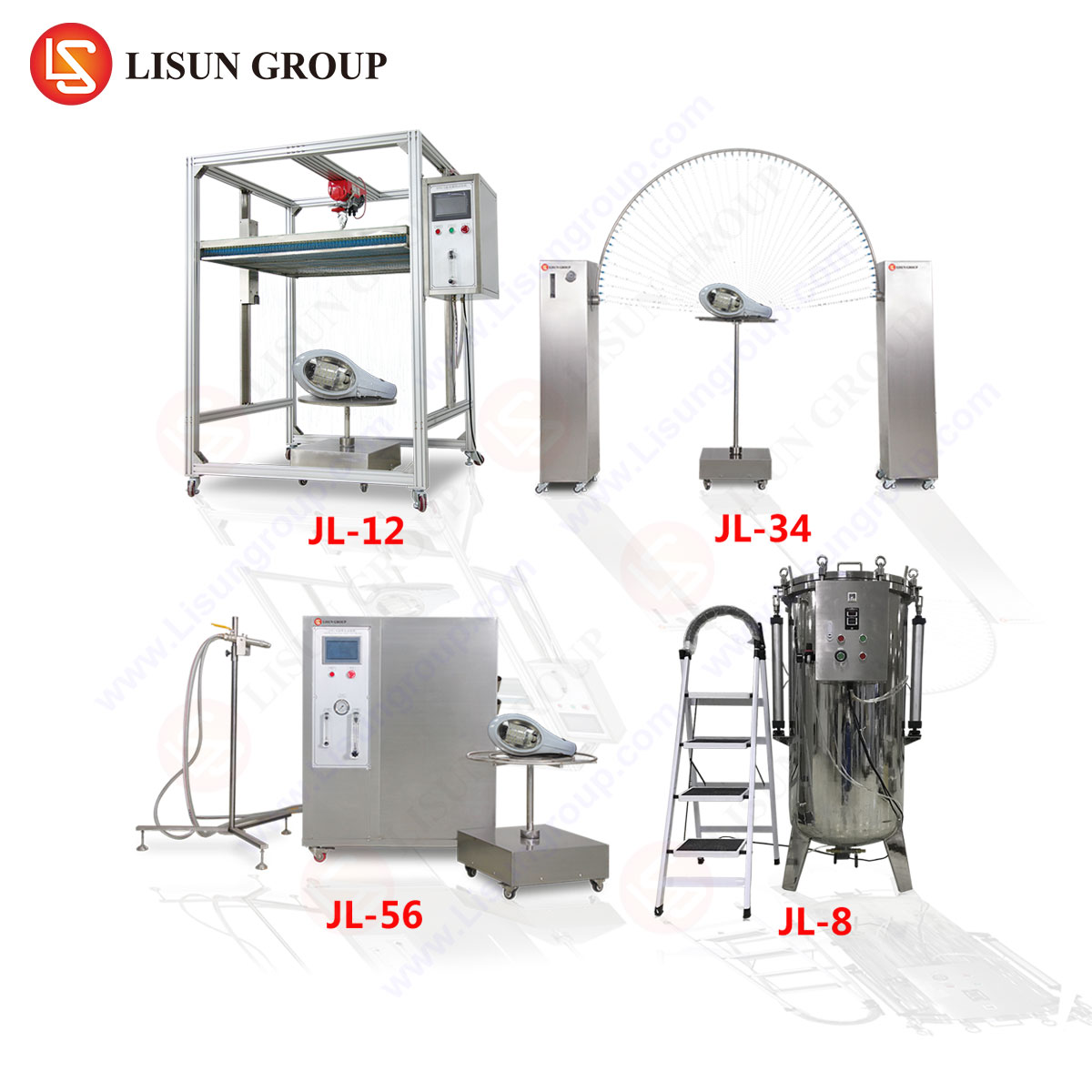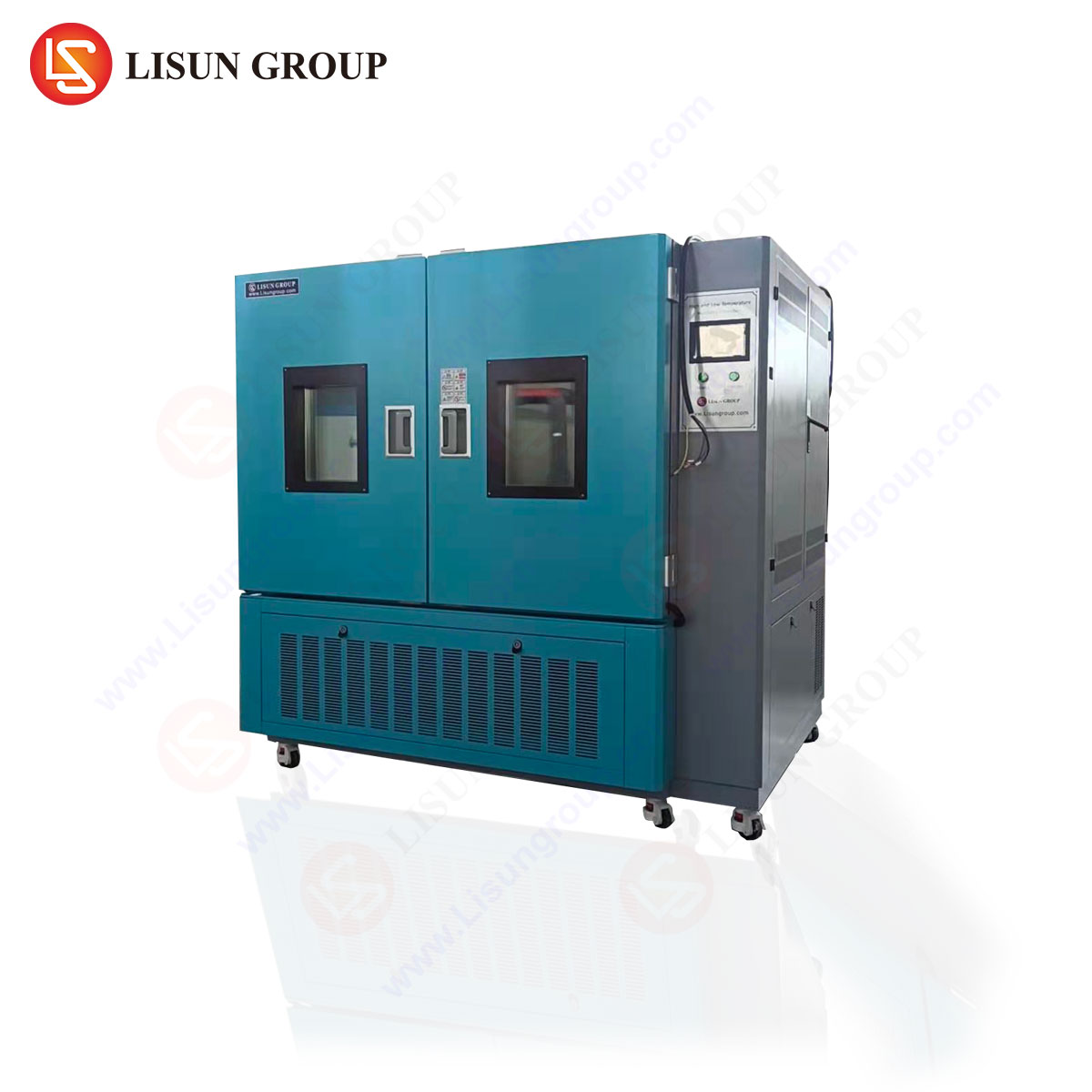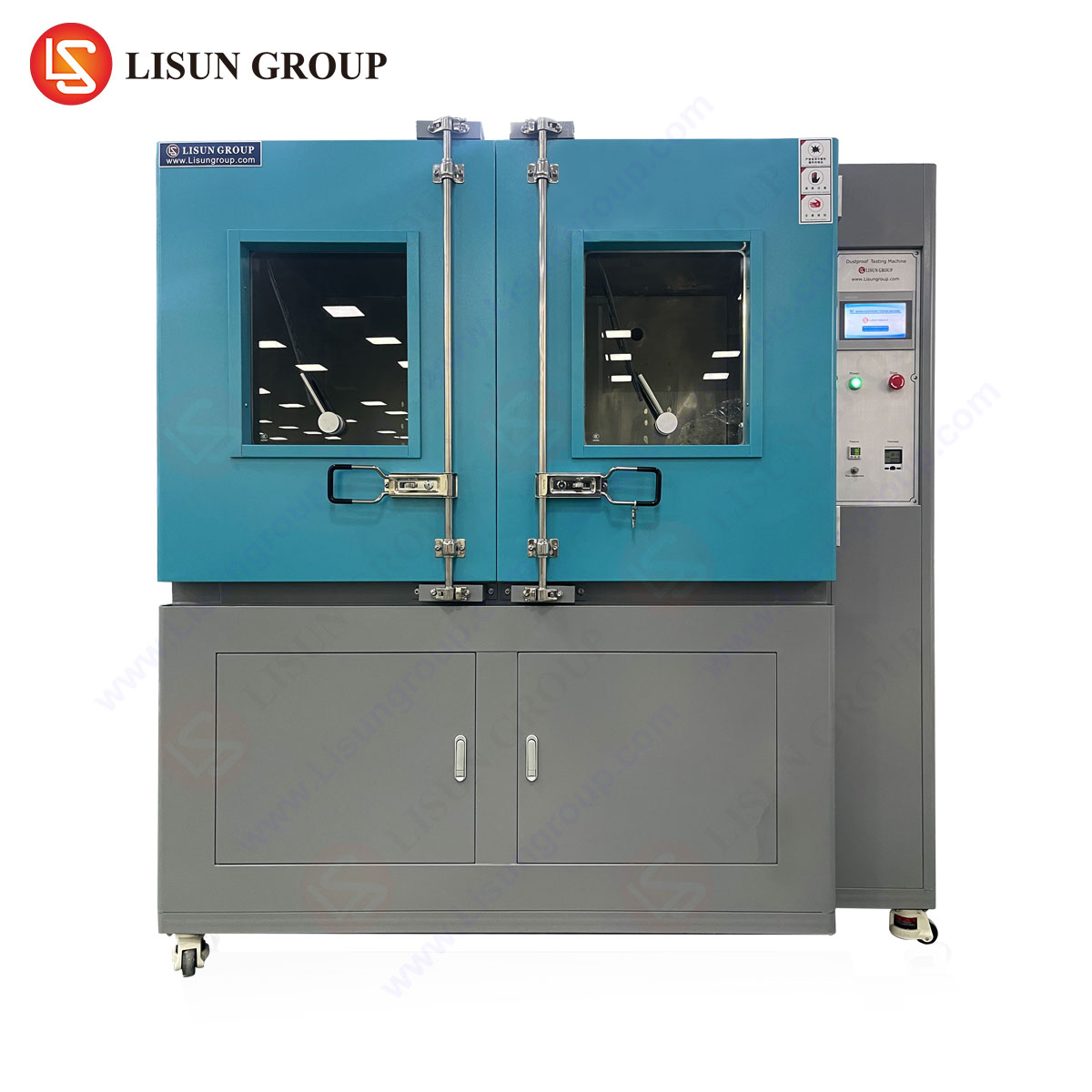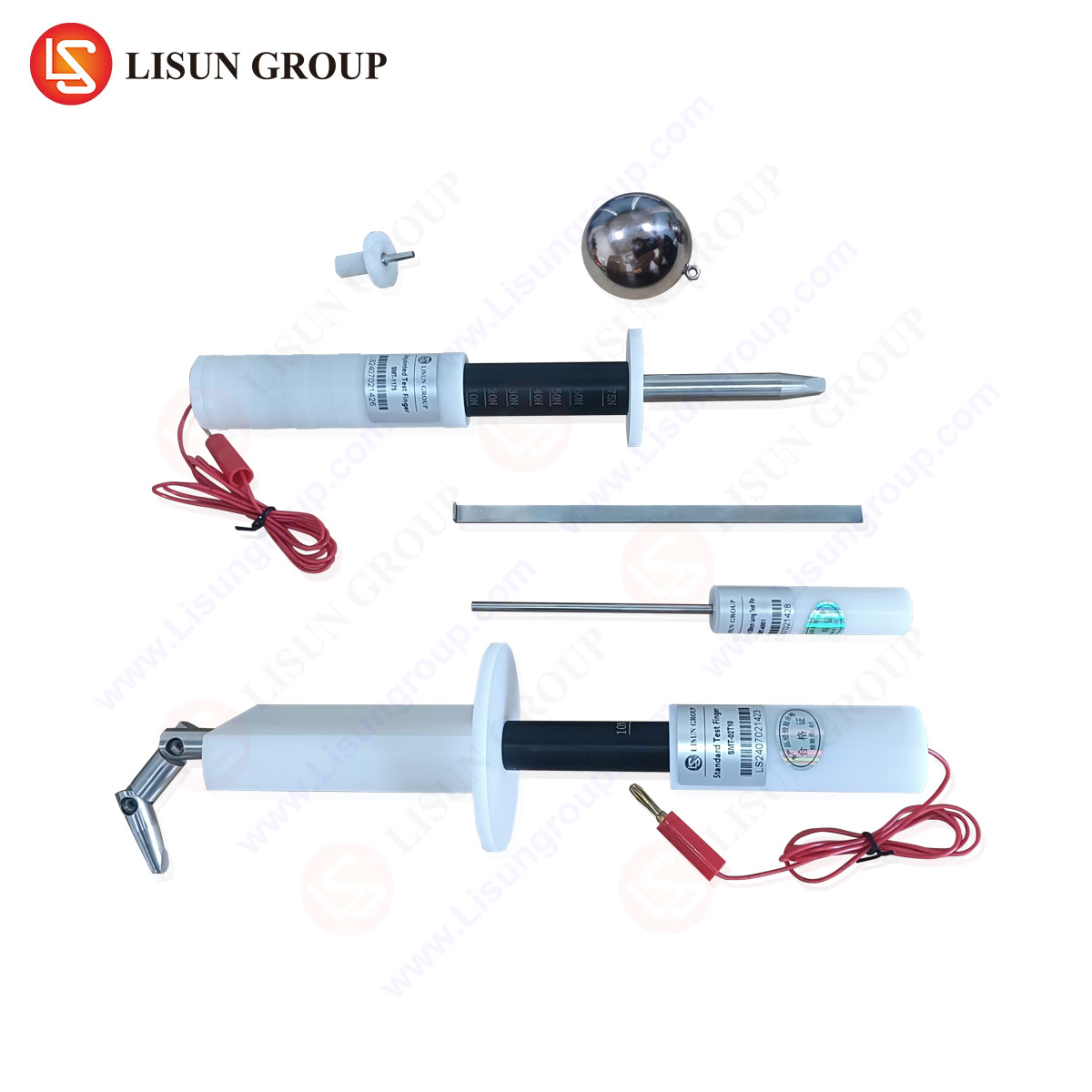Introduction to IEC 61032 and Test Probe D
IEC 61032, “Protection of persons and equipment by enclosures – Probes for verification,” is an international standard defining test probes used to evaluate the safety of electrical and mechanical enclosures. These probes simulate human interaction with equipment to ensure protection against accidental contact with hazardous parts. Among the specified probes, Test Probe D plays a critical role in assessing accessibility to live components, particularly in compact or high-density electronic assemblies.
The LISUN Test Finger, Test Probe, and Test Pin series comply with IEC 61032, providing manufacturers with reliable tools to verify enclosure integrity. This article examines the technical specifications, testing principles, and industry applications of Test Probe D, emphasizing its relevance across multiple sectors.
Technical Specifications of Test Probe D
Test Probe D, as defined in IEC 61032, is designed to assess the accessibility of hazardous parts in electrical enclosures. Its dimensions and mechanical properties ensure it replicates real-world scenarios where fingers or small tools might penetrate protective barriers.
Key Dimensions and Material Composition
- Diameter: 1.0 mm ± 0.05 mm
- Length: 100 mm ± 5 mm
- Material: Hardened steel or equivalent non-conductive variants for specialized applications
- Force Application: 1 N ± 0.1 N (standard testing condition)
The LISUN Test Probe D adheres strictly to these specifications, ensuring compliance with IEC 61032. Its robust construction prevents deformation during repeated testing, maintaining measurement accuracy.
Testing Principles and Methodology
Test Probe D is employed to verify whether hazardous live parts remain inaccessible under standardized probing conditions. The test involves:
- Application of Force: A calibrated force (1 N) is applied to the probe to simulate accidental contact.
- Accessibility Check: The probe is inserted into openings, gaps, or joints in the enclosure to determine if hazardous parts are exposed.
- Pass/Fail Criteria: If the probe contacts live parts, the enclosure fails compliance.
This methodology is critical in industries such as household appliances, automotive electronics, and medical devices, where user safety is paramount.
Industry-Specific Applications of Test Probe D
Household Appliances and Consumer Electronics
Manufacturers of blenders, microwaves, and power adapters use Test Probe D to ensure that internal wiring and components remain inaccessible during normal use. The LISUN Test Finger series is widely adopted in this sector due to its precision and durability.
Automotive Electronics
In vehicle control units and infotainment systems, Test Probe D verifies that high-voltage components are adequately shielded. Automotive standards such as ISO 20653 reference IEC 61032 for ingress protection testing.
Medical Devices and Aerospace Components
Medical equipment (e.g., MRI machines, patient monitors) and aviation electronics require stringent safety checks. Test Probe D ensures that even under mechanical stress, enclosures prevent accidental contact with live circuits.
Industrial Control Systems and Telecommunications
Control panels and server racks undergo rigorous testing with Test Probe D to comply with IEC 60529 (IP Code) and IEC 60950-1. The LISUN Test Pin is particularly useful for assessing ventilation slots and cable entry points.
Competitive Advantages of LISUN Test Probes
The LISUN Test Finger, Test Probe, and Test Pin series offer several distinct benefits:
- Precision Manufacturing: CNC-machined to exact IEC 61032 tolerances.
- Material Durability: High-grade steel or non-conductive composites resist wear.
- Regulatory Compliance: Fully traceable calibration certificates for audit readiness.
- Versatility: Suitable for diverse industries, from toys to industrial machinery.
Scientific Data and Standards Integration
The following table summarizes key standards referencing Test Probe D:
| Standard | Application Scope |
|---|---|
| IEC 61032 | General enclosure safety verification |
| IEC 60529 (IP Code) | Ingress protection testing |
| ISO 20653 | Automotive enclosure protection |
| UL 60950-1 | IT and telecom equipment safety |
FAQ Section
1. What is the primary purpose of Test Probe D?
Test Probe D evaluates whether hazardous live parts within an enclosure remain inaccessible under standardized probing conditions, ensuring compliance with safety regulations.
2. How does LISUN ensure the accuracy of its Test Probes?
LISUN employs precision CNC machining and rigorous calibration processes, with each probe accompanied by traceable certification.
3. Can Test Probe D be used for non-electrical applications?
Yes, it is also applicable in mechanical safety testing, such as assessing moving parts in children’s toys or industrial machinery.
4. What industries require Test Probe D compliance?
Key sectors include household appliances, automotive electronics, medical devices, telecommunications, and aerospace components.
5. How often should Test Probes be recalibrated?
Annual recalibration is recommended, though usage frequency may necessitate more frequent checks in high-volume testing environments.
This technical analysis underscores the critical role of Test Probe D in ensuring product safety across industries, with LISUN’s precision-engineered probes serving as a benchmark for compliance and reliability.







